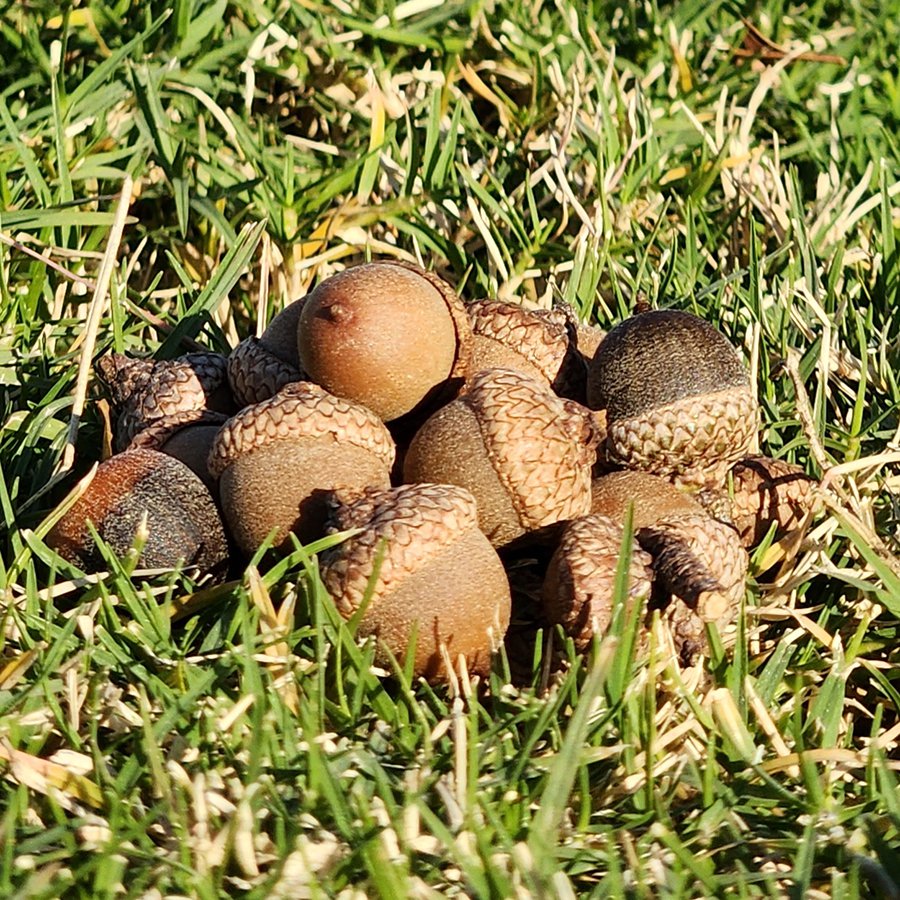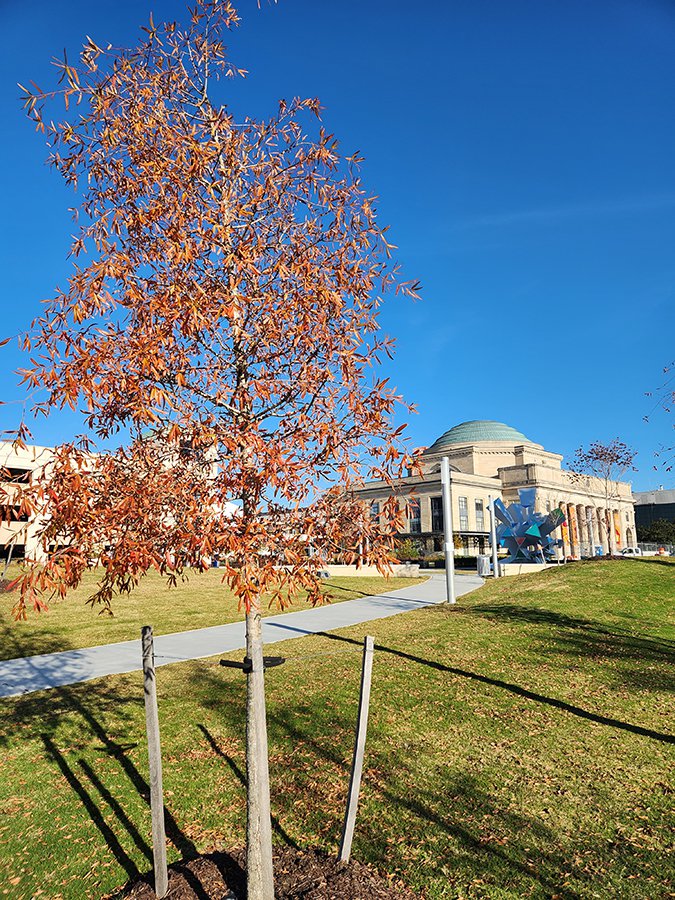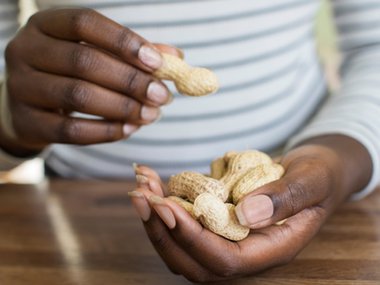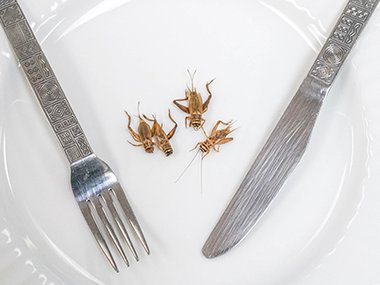Cracking Open the Science of Balanophagy
Have you ever watched the squirrels' annual frenzy to collect and bury acorns and wondered, ‘What is so special about these nuts?’ Maybe you’ve even been curious enough to taste an acorn to see for yourself why squirrels are so interested. While the acorn’s bitterness might have caused you to instantly spit it out, the squirrels are onto something!

Acorns are the fruit of an oak tree. These small nuts are incredibly nutritious and chock-full of healthy fats, carbohydrates and proteins. At many points throughout history, and currently in cultures across the globe, acorns are a food staple. Often they’re an intentional and integral part of a culture’s cuisine.
For many people indigenous to North America, acorns are a traditional food. While recipes, methods and uses vary by region and tribe, acorns play a starring role in many dishes and even some beverages. That’s right, there’s crispy roasted acorns, cakes and breads made with ground acorn flour, acorns used as thickeners in soups, coffee-like drinks brewed from acorns and extracted acorn oil, just to name a few!
You may be asking, “What about the spit-that-out bitterness mentioned earlier?”
The bitterness in acorns comes from tannins, phenolic compounds found in woody plants thought to have evolved as a defense mechanism against herbivores. (Wine connoisseurs may recognize the term tannins as it’s sometimes used when describing the beverage’s mouthfeel.) Luckily, you just need one thing to remove tannins—water!

Acorns can be hot-leached (boiled) or cold-leached using running water. For many indigenous people from the western portion of the country, like the Karuk Tribe, it is traditional to leach acorn flour by creating a sand basin and continually rinsing the flour with water. This process allows the tannin water to trickle out of the porous sand. Waste not! Just because acorn aficionados don’t want bitter tannins in the nuts they’re eating doesn’t mean they’re thrown out. The leached tannins are saved and used for dying and medicinal purposes!
There are 47 oak trees in The Green at the Science Museum of Virginia, so it’s time to get cooking with acorns, right? Not quite! Firstly, the majority of our native oak trees, which were planted in 2022, won’t produce acorns for another 20+ years. Secondly, the preparation of acorns is a lengthy and involved process. Aside from leaching, acorns must be properly ID’d and foraged, dried, shelled, grinded and cooked.
Balanophagy, or the practice of eating acorns, involves complex traditional knowledge and should not be attempted without thorough research and expert consultation. So for now, we’ll leave any acorns on the Science Museum’s campus for the squirrels!


